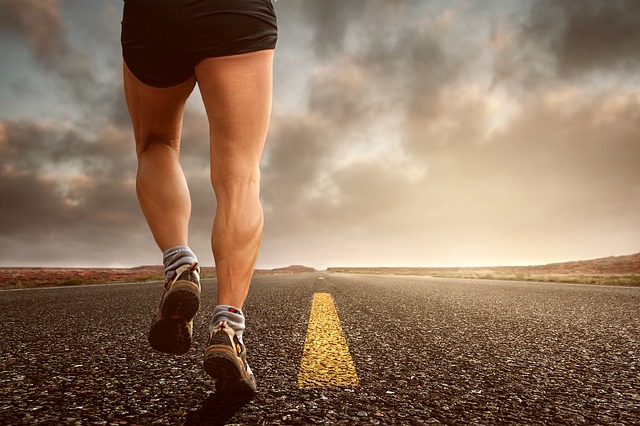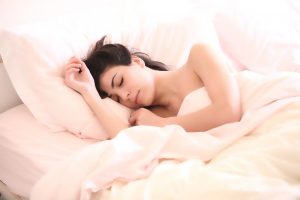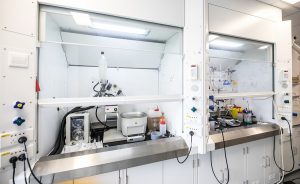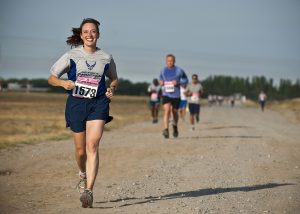It can be very disheartening for people when their bodies don’t look the way they want them to. In many cases, it is as simple as changing the thing that isn’t desired. For example, if someone wants to lose weight, they can simply hire a personal trainer. If someone doesn’t like their hair, they can simply get a cut and a colour.
For some other issues such as vein conditions in the legs, it will require some more in-depth methods to find a solution. Many people who suffer from conditions such as varicose veins and spider veins will need to receive leg vein treatment in order to cure it.
There are many different reasons why these types of conditions can arise, and this article will explore this a little further. There are a few different treatments for different conditions and the treatment chosen will all depend on personal preference as well as the severity of the condition.
Typically, a treatment centre will offer endovenous ablation (laser and radiofrequency), venous glue, and ultrasound guided sclerotherapy. These methods are relatively non-evasive and do not require hospital admission or anaesthetic. On top of these treatments, clinics will commonly offer lifestyle advice as well. This can reduce the severity and reoccurrence of the vein conditions, so fewer leg vein treatments will be needed. Here is a closer look at these types of conditions as well as their treatment methods.
Why do they occur?
There are many different reasons why issues can arise. Sometimes it is purely due to genetics whereas other times it can be caused by a sedentary lifestyle. It is known that smoking that can problems as well as drinking too much coffee.
When visiting a clinic, professionals will quite often recommend that their patients eat a balanced diet full of fibre, drink plenty of water, move their bodies every day and give up the cigarettes and too much coffee. Other times, they can simply occur due to getting older or pregnancy.
What do the treatment options involve?
Endovenous ablation involves using radiofrequency or laser energy to close varicose veins in the legs. While many people choose this method purely for cosmetic purposes, others find it helps a lot when they are suffering from swelling, pain, inflammation and other irritations. An ultrasound machine is used to locate the problem areas and it is a relatively non-evasive procedure.
Venous glue is a method that involves using a medical grade glue which shuts down and hardens the vein which will eventually dissolve into the body. This is a popular method as there is no heat used which means there is no chance or nerve damage or skin burns.
What many like about this method is that they are able to return to their everyday lives immediately after treatment. Ultrasound guided sclerotherapy collapses veins with a special serum that is injected. The whole procedure takes about thirty minutes and is extremely safe and effective. After the treatment, patients are asked to wear a compression sock and to take a walk for about forty minutes. This will allow further blood flow which is helpful with the effectiveness.
Deciding which one of these procedures is right for the individual is completely up to them. Some people are more comfortable with one type of treatment whereas others will prefer a different one. Sometimes a patient won’t see results from one type so will then try another. What is important to remember is that seeking the help of a professional sooner rather than later is going to increase the chances of effectiveness and patients can go back to feeling confident and comfortable in their skin.






